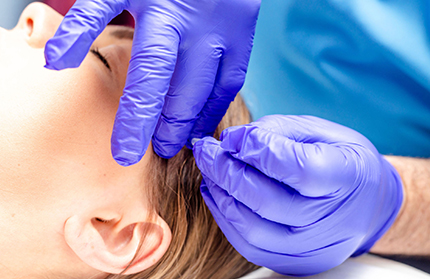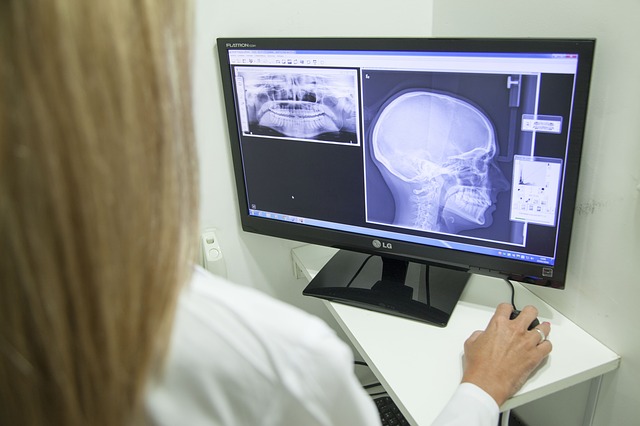Physical Therapy has many benefits for the body and helps individuals who suffer from many different ailments. Whether you suffer from arthritis pain, autoimmune disorders, neurological problem, asthma, diabetes, nerve damage, and even jaw problems, physical therapy can help.
Complications with the jaw? Yes, and TMJ is one of the most common problems people experience, more than ten million people have been diagnosed with this condition. TMD, which stands for the temporomandibular joint is the proper name for the more common term TMJ. TMJ refers to the joint itself, the temporomandibular joint, that is affected by the problems a person develops when they grind their teeth and clench the muscles around the jawbone. The temporomandibular joint is a unique joint because it allows you to move your jaw from side to side, front to back, as well as up and down. The joint also has a tiny piece of the cartilage to protect the jawbone.
Symptoms that accompany TMJ are stiff jaw muscles, pain while you chew, neck and face pain, ringing in the ears, headaches, change in your jaw alignment, dizziness, popping noises, and trouble opening your mouth to eat or talk. If you are experiencing some of these symptoms, speak to your doctor. Ask your doctor, family members, and friends if they know of a reputable physical therapist in your area that specializes in jaw disorders. You will also want to make sure that your insurance company participates with the physical therapist.
When a patient who has TMJ is in physical therapy treatment, they will learn how to self-correct and make appropriate adjustments in their posture, as well as learn how to relax the facial muscles to ease the tension in the jaw joint and the muscles that surround it. On the first visit, the therapist will evaluate the patient’s posture and how the jawbone aligns with the rest of the cranium, neck, and cervical column. This evaluation is part of the therapist’s assessment to see how well your jaw functions and how severe the disorder is. The therapist will also want to know your work habits because believe it or not; your posture has a lot to do with TMJ. The therapist will also want to know if you have had any kind of surgery on your face or jaw. TMD can be a side-effect of surgery.
Individuals who have TMD tend to sit with their heads in an exaggerated forward position, instead of the natural position, in alignment with the shoulders. When the head is pushed forward like this, there is more stress on the head and neck. This unnatural position also causes the lower jaw to pull back, which puts undue tension on the temporomandibular joint. One of the easiest things to correct is your posture. The physical therapist will show you where and how to make the appropriate corrections to your posture. Good posture will not only benefit your TMJ, but it will automatically cause your body to relax, and your shoulders and upper torso will naturally “rest.”
Your physical therapist will also give you a few jaw exercises to help relieve tension in your jaw. Some of these exercises include chin tucks, forward jaw movement exercises, relaxed jaw exercises, side to side jaw movement exercises, resisting opening and closing your mouth, and goldfish exercises. All of these exercises will teach you how to relax the muscles around the joint, as well as increase your mobility in your mouth and jawbone. Do not be discouraged if the therapist gives you “low-load” exercises for your TMD. “Low-load” exercises are to help you strengthen your facial muscles while preventing further injury.
TMJ affects millions of people, but it is treatable, and patients can find relief through physical therapy. Take advantage of a reliable physical therapist near you.


